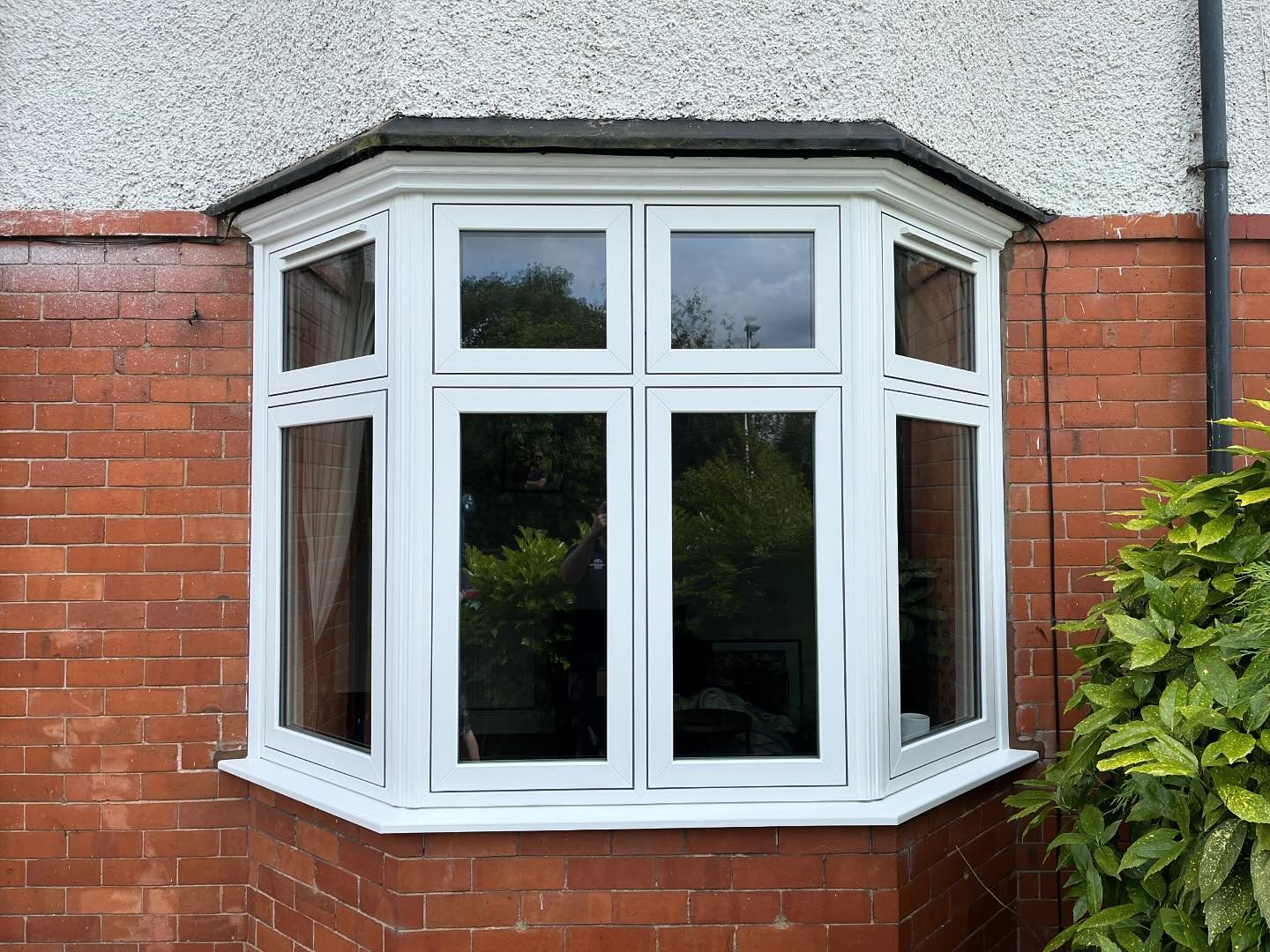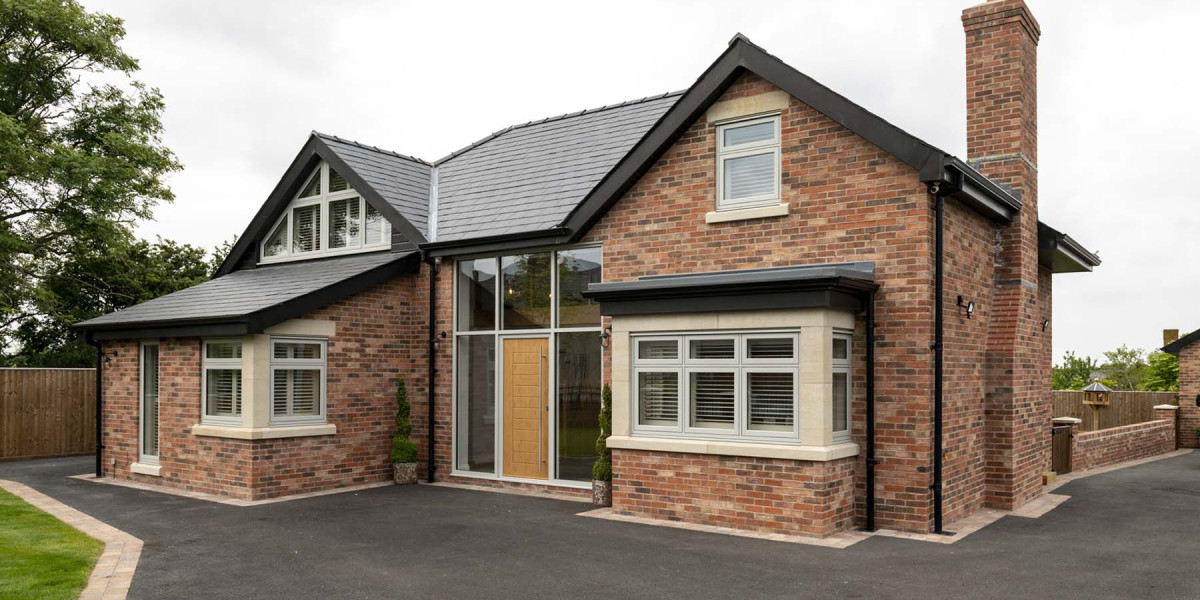In recent years, the push for energy efficiency in buildings has led to a significant increase in the adoption of triple glazing as a viable option for windows. This observational research article aims to explore the effectiveness, benefits, and challenges associated with triple glazing, as well as its growing popularity in modern architecture.

Triple glazing refers to the use of three panes of glass in a window unit, separated Doors By Ideal Glass gas-filled spaces that provide enhanced thermal insulation compared to single or double glazing. The primary goal of triple glazing is to minimize heat loss during colder months and reduce heat gain during warmer months, ultimately leading to improved energy efficiency. This study observes various residential and commercial buildings that have integrated triple glazing into their designs, examining the impact on energy consumption, comfort levels, and overall satisfaction among occupants.

One of the primary observations made during this research is the significant reduction in energy consumption associated with triple-glazed windows. In a sample of ten residential buildings equipped with triple glazing, energy bills were analyzed over a one-year period. Results indicated an average reduction of 30% in heating costs compared to similar homes with double glazing. This finding aligns with existing literature that suggests triple glazing can effectively retain heat, thereby lowering the demand for heating systems. The improved insulation properties of triple glazing are attributed to the additional pane of glass and the gas-filled spaces, which create a barrier to heat transfer.
Furthermore, occupants reported increased comfort levels in homes with triple glazing. During colder months, residents noted a more consistent indoor temperature, with fewer cold spots near windows. This observation is particularly relevant in regions with harsh winters, where maintaining a comfortable indoor environment can be challenging. Additionally, the acoustic insulation provided by triple glazing was highlighted as a significant benefit, particularly in urban settings where noise pollution is prevalent. Many occupants reported a noticeable reduction in external noise, contributing to a more peaceful living environment.
Another aspect of this observational study focused on the aesthetic and design considerations of triple glazing in modern architecture. Architects and builders increasingly incorporate large glass facades and expansive windows into their designs to enhance natural light and create an open, airy feel. Triple glazing allows for these design choices without compromising energy efficiency. During site visits, it was observed that many modern buildings utilize triple glazing in tandem with other energy-efficient technologies, such as solar panels and green roofs, to create sustainable structures that meet contemporary environmental standards.
Despite the numerous advantages of triple glazing, this research also uncovered several challenges associated with its adoption. One of the most significant barriers is the initial cost. Triple-glazed windows are generally more expensive than their double-glazed counterparts, which can deter some homeowners and builders from making the investment. In the observed sample, the average cost of triple glazing was approximately 30% higher than double glazing. However, when considering long-term energy savings and potential increases in property value, many occupants expressed that the initial investment was worthwhile.
Additionally, the weight of triple-glazed units presents logistical challenges during installation. The increased weight requires reinforced window frames and careful handling, which can complicate the construction process. Builders noted that proper training and equipment are essential to ensure a successful installation, which may add to labor costs. Furthermore, some manufacturers have yet to fully optimize the production of triple-glazed units, leading to variations in quality and performance. This inconsistency can affect consumer confidence and the overall perception of triple glazing in the market.
The environmental impact of triple glazing is another critical consideration. While the energy efficiency of triple glazing contributes to reduced carbon emissions, the production process of glass and the materials used in window frames also have ecological implications. Observations from local manufacturers indicated that there is a growing trend towards using recycled materials and sustainable practices in the production of triple-glazed windows. This shift reflects a broader movement within the construction industry to prioritize sustainability and environmental responsibility.
In conclusion, this observational research highlights the effectiveness and growing adoption of triple glazing in modern architecture. The significant energy savings, enhanced comfort, and aesthetic flexibility make triple glazing an attractive option for both residential and commercial buildings. However, challenges related to cost, installation, and environmental impact remain pertinent. As awareness of energy efficiency continues to rise, it is anticipated that triple glazing will become increasingly prevalent in the construction industry. Future research should focus on long-term performance evaluations and the development of more affordable and sustainable manufacturing processes to further promote the benefits of triple glazing. Ultimately, the integration of triple glazing into architectural practices represents a significant step towards achieving energy-efficient and environmentally responsible building solutions for the future.








